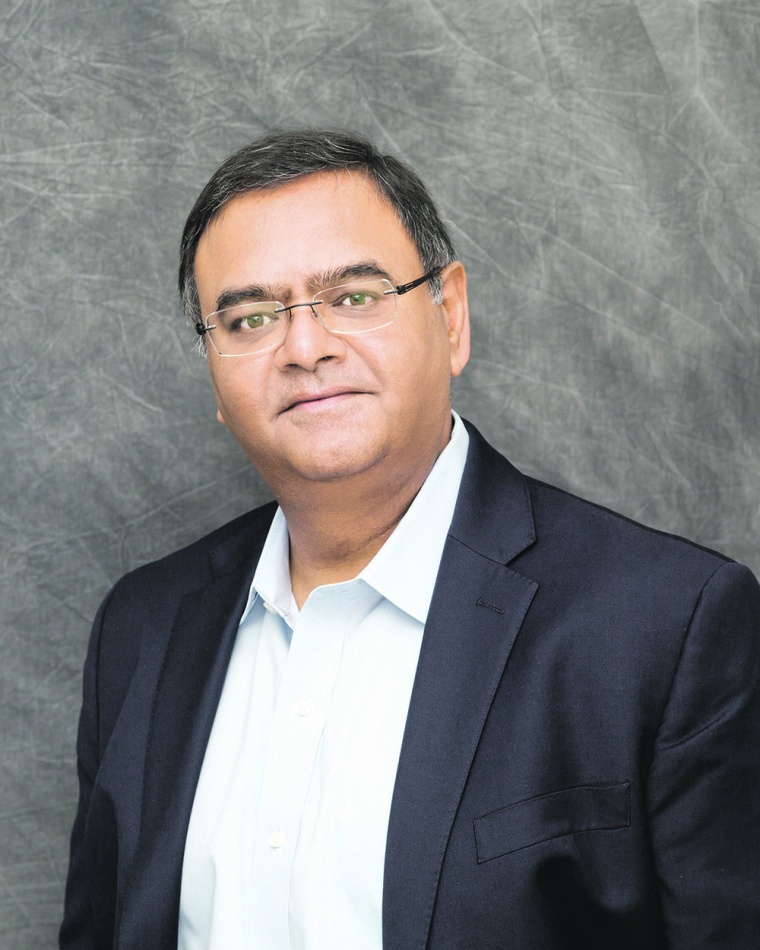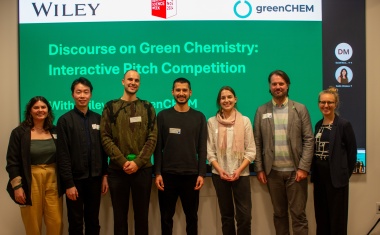Expert Statement: Prasad Raje, LGM Pharma
The evolution of the CDMO sector is propelled by rising manufacturing standards, the advent of groundbreaking therapies, and a shift towards personalized medicine.
Contract development and manufacturing organizations (CDMOs) have been on the rise in the last decade. Historically, CDMOs operated on a business model which predominantly focused on serving as external service providers for manufacturing pharmaceuticals. This model included the addition of capacity by the acquisition of manufacturing facilities from (bio)pharma companies or own capital investments. However, CDMOs have increasingly become innovation leaders and cover more areas of the pharma business, not just manufacturing, opening up additional revenue streams.
This change of focus has been accompanied by a change in the M&A landscape in the market. Some CDMOs are expanding their services and swapping their “contracts” for “partnerships”, evolving the term “CDMO” into “PDMO.” By getting closer to their partners, CDMOs can move past some of the pressure and offer consultative support or innovation to develop products in new ways.
The evolution of the CDMO sector is propelled by rising manufacturing standards, the advent of groundbreaking therapies, and a shift towards personalized medicine.
CHEManager asked executives and industry experts from a broad range of CDMOs to share their views on how their companies are dealing with this changing economic environment and the resulting opportunities and challenges. We proposed to discuss the following aspects:
- (How) have the rules of the CDMO market changed since the pandemic of 2020/21?
- What do you consider the most important growth drivers for CDMOs?
- What is your company’s strategy to grow the market share in the CDMO industry?

Going Beyond Providing Just Services
Prasad Raje: CDMOs were significantly disrupted along with the broader pharmaceutical industry. They faced similar challenges related to supply chains, talent retention, and acquisition. The demand for Covid-related medicines increased tremendously, but CDMOs proved their agility and adaptability by successfully meeting this demand.
Well-managed CDMOs with robust infrastructure, strong problem-solving abilities and diversity of service segments have been able to bear the shock of disruption as well as the recent pull-back in biotech funding. A general trend is emerging where CDMOs are going beyond providing just services, especially among diverse service segments capable of supporting R&D through to clinical trial material (CTM) and commercial manufacturing. They are forming partnerships with customers that resemble pseudo-funding arrangements, and in return getting returns when products are commercialized. While this business model is not entirely new, its prevalence is increasing.
“CDMOs capable of supporting all activities
of drug development are becoming more desirable
with customers seeking expertise in each area.”
CDMOs capable of supporting all activities of drug development are becoming more desirable with customers seeking expertise in each area. In other words, growth will come from being “best in class” rather than merely offering services. The ability to quickly capitalize on emerging opportunities is crucial for organizations. One classic example from 2023/24 is around the rise of GLP/GIP.
Since last year, LGM Pharma has continued to invest in infrastructure and talent. As biotech funding returns to its ‘normalcy’ we will be poised to address our customers’ drug development challenges in the most efficient way. Our fundamental principle for success has not changed: being best in class for all our service offerings. Also, we are continuing to partner with our customers in various different business models when we see that interests and expertise can be aligned.





